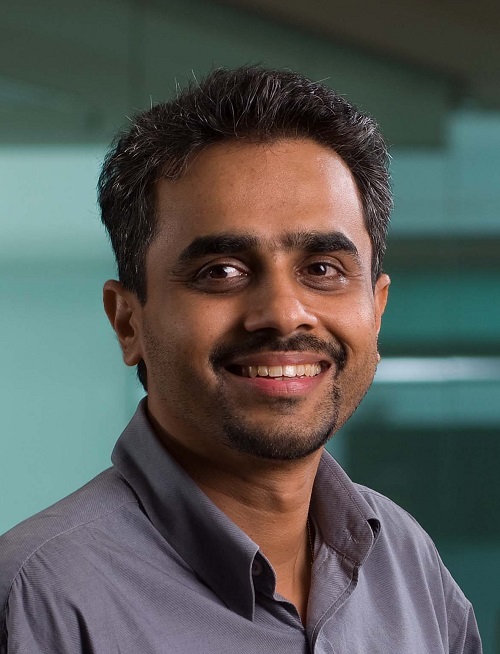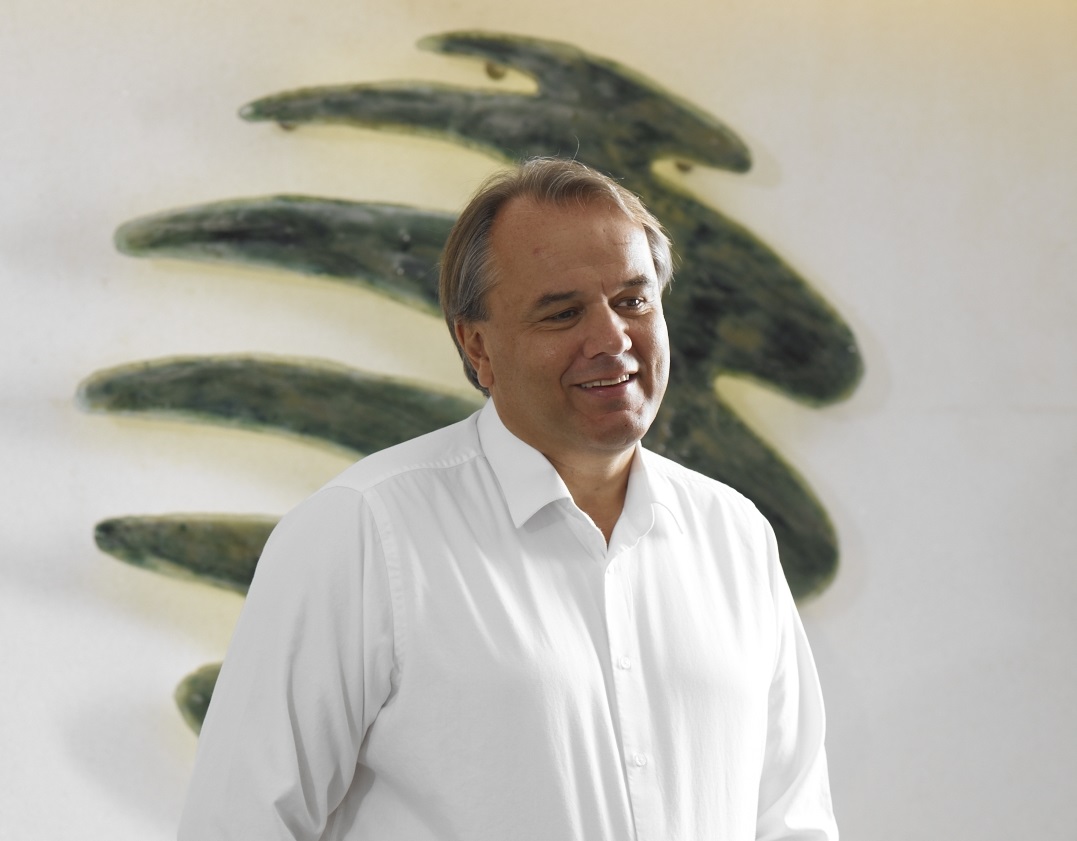The Big 3 and gaps in the M2M, m-commerce ecosystems
By Karamjit Singh June 24, 2014
- Industry fragmentation and lack of standards act as headwinds
- Smart devices and cloud services key factors to drive adoption

MOBILE commerce or m-commerce has been touted as a hot space in Malaysia for a number of years, yet it has not really taken off yet.
The likes of Mudah.my, Maybank and AirAsia may be seen as among the market leaders, yet no-one has a clear handle of the market size or growth as no data is available.
‘The Big Three’ mobile telcos – Celcom Axiata, DiGi and Maxis – have been gearing for m-commerce for a number of years.
When Digital News Asia (DNA) reached out to them via email, none could reveal any clue as to how the market is really doing, although all three said they expected it to grow.
Celcom has already been taking an aggressive role by launching three m-commerce sites. Its chief executive officer (CEO) Shazalli Ramly said his company would continue to work closely with its merchants and other key partners.
As aggressive as Celcom has been, DiGi’s parent company Telenor has made an even bigger bet on m-commerce through its 33.3% acquisition of online classifieds company 701 Search. This gives DiGi a front row seat in the fight for Malaysia’s m-commerce market.
Meanwhile, when it comes to machine-to-machine (M2M) communications, that ecosystem word crops up again.
While Celcom feels that the inflection point will come in 2017, it also believes that the key reason for this so-called slow take-up is due to industry fragmentation and a lack of standards.
Maxis CEO Morten Lundal told DNA that as smart devices are becoming more readily available, together with the emerging availability of cloud services, his company would be in a good position to drive this integrated offering to the enterprise market.
Celcom is predicting that the automotive, transport and logistics verticals will launch the M2M wave in Malaysia. Verticals aside, its CEO Shazalli is probably spot-on in his call that the operator which comes up with the entire M2M ecosystem first, will be able to reap the benefits.
Below are excerpts from the email Q&A with Lundal, Shazalli and DiGi chief operating officer Albern Murty as they look at the m-commerce and M2M markets in Malaysia.
 DNA: M-commerce is picking up traction in Malaysia, though it is still in its early days. What are you doing in this space and what kind of traction are you seeing?
DNA: M-commerce is picking up traction in Malaysia, though it is still in its early days. What are you doing in this space and what kind of traction are you seeing?
Albern (pic): Let me answer this question by taking you back to a key deal we made in 2013 when Telenor, our parent company, took a 33.3% stake in 701Search, an online classifieds site with Schibsted Classified Media AS and Singapore Press Holding (SPH) as shareholders.
701Search operates Mudah.my (Malaysia), Berniaga.com (Indonesia), Ayosdito.ph (the Philippines) and Chotot.vn (Vietnam).
The deal was finalised on Dec 5, 2013. Mudah.my was already owned by Schibsted and SPH before Telenor entered into the agreement, so in that respect you could say that we’ve indirectly invested into Mudah.my – which in Malaysia is No 1 in terms of e-commerce.
There is a strong logic behind why Telenor sees this as a good fit, both strategically and economically.
The mobile device will become ever more important for distribution, both because services go digital (therefore fit for digital distribution), and transactions can increasingly can be completed on the mobile device.
In addition to delivering access to both communications and the Internet, Telenor needs to be present on the devices through powerful digital distribution, in storefronts, apps and browsers.
Also, a strong online classified position can serve Telenor as a stepping stone for a stronger digital service position, for example by boosting our ability to distribute financial services or over-the-top (OTT) consumer Internet services.
This strong Internet (distribution) position is in tune with the trend of more and more consumer services going digital. As part of the Telenor investment, DiGi is now also finding ways of doing interesting things with Mudah.
Lundal: Maxis has invested in MaxisPay, which is a payment gateway platform that supports commerce activities such as bill payments and prepaid top-ups for our customers.
The key focus is to enable a seamless online and mobile checkout experience. Though we are at the early stages, we are seeing encouraging growth in user adoption.
With Bank Negara’s push for a cashless society and general trend of digital services adoption by consumers and businesses, we anticipate online and mobile commerce activities to gain traction in Malaysia.
 Shazalli (pic): Celcom has been developing its capabilities in this space on a number of fronts. We have created a standalone digital services group that works with the broader Axiata team to build and develop these new areas.
Shazalli (pic): Celcom has been developing its capabilities in this space on a number of fronts. We have created a standalone digital services group that works with the broader Axiata team to build and develop these new areas.
In 2013, Celcom launched three new m-commerce sites – Bachabooku, the Crescent and Buzzaar. We also launched Escape, our OTT (over-the-top) entertainment service.
The launch of these m-commerce sites provided Celcom with great insights on customers’ online behaviour, which allows us to further enhance the overall customer experience.
Another key insight is the discovery of gaps in the ecosystem. With that, we continue to work closely with our merchants and other key partners to ensure we can deliver a positive experience.
We expect to enhance these new areas in the coming months, as well as announce new innovations.
At this stage, while we are very optimistic of success in the market, it is too early to assess the long term outlook.
DNA: It seems like the adoption of mobility solutions by enterprises has been slower than expected, witness the slow take-up of M2M. Is this your experience too? Why is this?
Albern: Yes, this is generally the trend, especially in conventional markets like Malaysia. However, DiGi is optimistic that our 2013-launched M2M platform has the ability to deliver advanced connected service capabilities that will enable businesses from various industries to benefit from better cost savings and improved efficiencies, and unlock new revenue streams.
The service portal offers a wide range of tools such as SIM-Management, Real-time Traffic Surveillance and Alert Functions, Statistics and Diagnostics, as well as Billing and Support. The Application Programming Interface (API) allows businesses to fully integrate into the M2M platform.
 Lundal (pic): M2M adoption is definitely growing at high speed in certain international markets.
Lundal (pic): M2M adoption is definitely growing at high speed in certain international markets.
In Europe and the United States, it is mainly driven by automotive (regulatory driven) and energy (both commercial and regulatory driven) sectors, but in this part of the world, it is still mainly commercially driven.
However, we are seeing an increasing regulatory push and commercial drive due to the escalating cost of energy and human resources. The Malaysia market is still in its early phase.
Enterprise mobility solutions take-up was slow in the past as there were not many integrated offers (solutions, devices and connectivity).
However, as smart devices are becoming more readily available, and with the emerging availability of cloud services, we are in a good position to drive this integrated offering to the enterprise market.
Shazalli: Celcom is the market leader in M2M solutions, recently being awarded the 2014 Frost & Sullivan Malaysia Excellence Award as M2M Service Provider of The Year.
M2M has great potential due to the almost unlimited number of machines that need to be connected to improve the top-line revenue and operational efficiencies of enterprises. The interest shown by enterprises in mobility solutions has been very encouraging and there is growth in the take-up of M2M services.
We believe M2M solutions for enterprises have not reached their inflection point in Malaysia – potentially, this could happen in 2016 or 2017 – thus the slow take-up. This sentiment was echoed at the M2M World Congress 2014 in London.
We believe the key reason for this so-called slow take-up is due to industry fragmentation and lack of standards. We already have a lot of smart devices but for M2M to thrive in the enterprise segment, it requires smart systems.
Thus, the operator which first comes up with an M2M ecosystem will be able to reap the benefits.
There are many verticals for M2M, such as automotive, healthcare, remote metering, etc. At Celcom, we foresee the automotive, transport and logistics industries as the ones that will drive initial growth in Malaysia.
We believe that having direct involvement from related industry players, the public sector and service providers in an open forum, can accelerate the applications of mobility solutions.
Related Stories:
Celcom partners nTels to offer M2M Connected Services
DiGi launches new M2M platform, current customers automatically upgraded
Maxis launches solution for logistics and transportation SMEs
M-Commerce spending in Malaysia quadrupled: PayPal
Mudah is already No 1 … now for the other 20%
For more technology news and the latest updates, follow us on Twitter, LinkedIn or Like us on Facebook.


